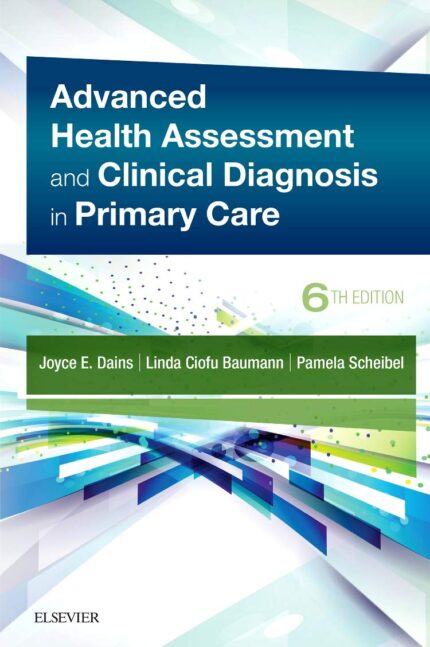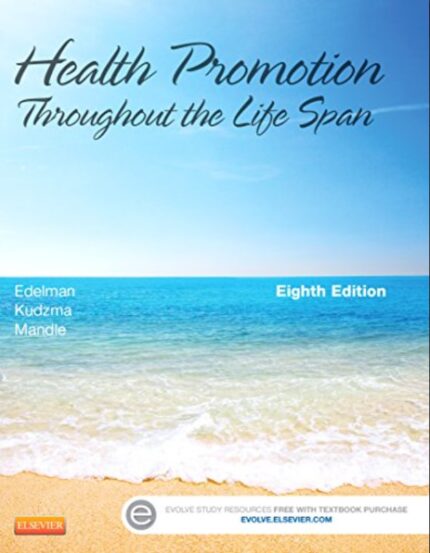The Developing Human Clinically Oriented Embryology 9th Edition By Keith L. Moore – Test Bank
Moore: The Developing Human, 9th Edition
Chapter 05: Fetal Period
Test Bank
MULTIPLE CHOICE
Directions: Each group of questions below consists of a numbered list of descriptive words or phrases accompanied by a diagram with certain parts indicated by letters or by a list of lettered headings. For each numbered word or phrase, select the lettered part or heading that matches it correctly, and then insert the letter in the space to the right of the appropriate number. Sometimes more than one numbered word or phrase may be correctly matched to the same lettered part or heading.
1.
________ Amniotic sac
|
a. |
A |
|
b. |
B |
|
c. |
C |
|
d. |
D |
|
e. |
E |
ANS: D
The amniotic sac contains amniotic fluid, which permits free movement of the fetus and symmetric external growth. The fluid also cushions the fetus against jolts the mother may receive and helps to control the fetus’s body temperature.
2.
________ Contains umbilical vessels
|
a. |
A |
|
b. |
B |
|
c. |
C |
|
d. |
D |
|
e. |
E |
ANS: C
The umbilical cord contains umbilical vessels, normally two arteries and one vein. The vein carries nutrients and oxygenated blood to the fetus, and the arteries carry poorly oxygenated blood and waste products to the placenta, where the carbon dioxide and waste substances are transferred to the maternal blood for disposal.
3.
________ Chorionic sac
|
a. |
A |
|
b. |
B |
|
c. |
C |
|
d. |
D |
|
e. |
E |
ANS: E
The chorionic sac at this stage normally is embedded in the endometrium and contains the embryo in its amniotic sac. Chorionic villi cover most of the outer wall of the sac at this stage. Some villi have degenerated because they were compressed and received insufficient blood supply for survival.
4.
________ Vestigial structure
|
a. |
A |
|
b. |
B |
|
c. |
C |
|
d. |
D |
|
e. |
E |
ANS: B
The small remnant of the umbilical vesicle (yolk sac) indicated is a vestigial structure, serving no function at this stage. Part of the early umbilical vesicle is incorporated into the embryo during the fourth week as the primordial gut. Within a few weeks, the remnant of the umbilical vesicle indicated degenerates and disappears.
5.
________ Chorionic villi
|
a. |
A |
|
b. |
B |
|
c. |
C |
|
d. |
D |
|
e. |
E |
ANS: A
Chorionic villi project from the wall of the chorionic sac. These important parts of the placenta normally are embedded in the endometrium and bathed in maternal blood. It is through the villi that the exchange of nutrients between mother and fetus takes place.
6.
________ Ensheathed by amnion
|
a. |
A |
|
b. |
B |
|
c. |
C |
|
d. |
D |
|
e. |
E |
ANS: C
The umbilical cord has an external investment of amnion. As the amniotic sac enlarges, the amnion gradually forms the outer covering of the cord.
7.________ Skin is wrinkled and pink to red
|
A. |
12 weeks |
|
B. |
16 weeks |
|
C. |
20 weeks |
|
D. |
25 weeks |
|
E. |
29 weeks |
ANS: D
During the 21- to 25-week period, the skin usually is wrinkled and pink to red because blood in the capillaries is visible through the thin, transparent skin. During the subsequent 4 weeks, considerable subcutaneous fat forms, smoothing out many of the wrinkles.
8.________ Quickening usually occurs
|
A. |
12 weeks |
|
B. |
16 weeks |
|
C. |
20 weeks |
|
D. |
25 weeks |
|
E. |
29 weeks |
ANS: C














Reviews
There are no reviews yet.